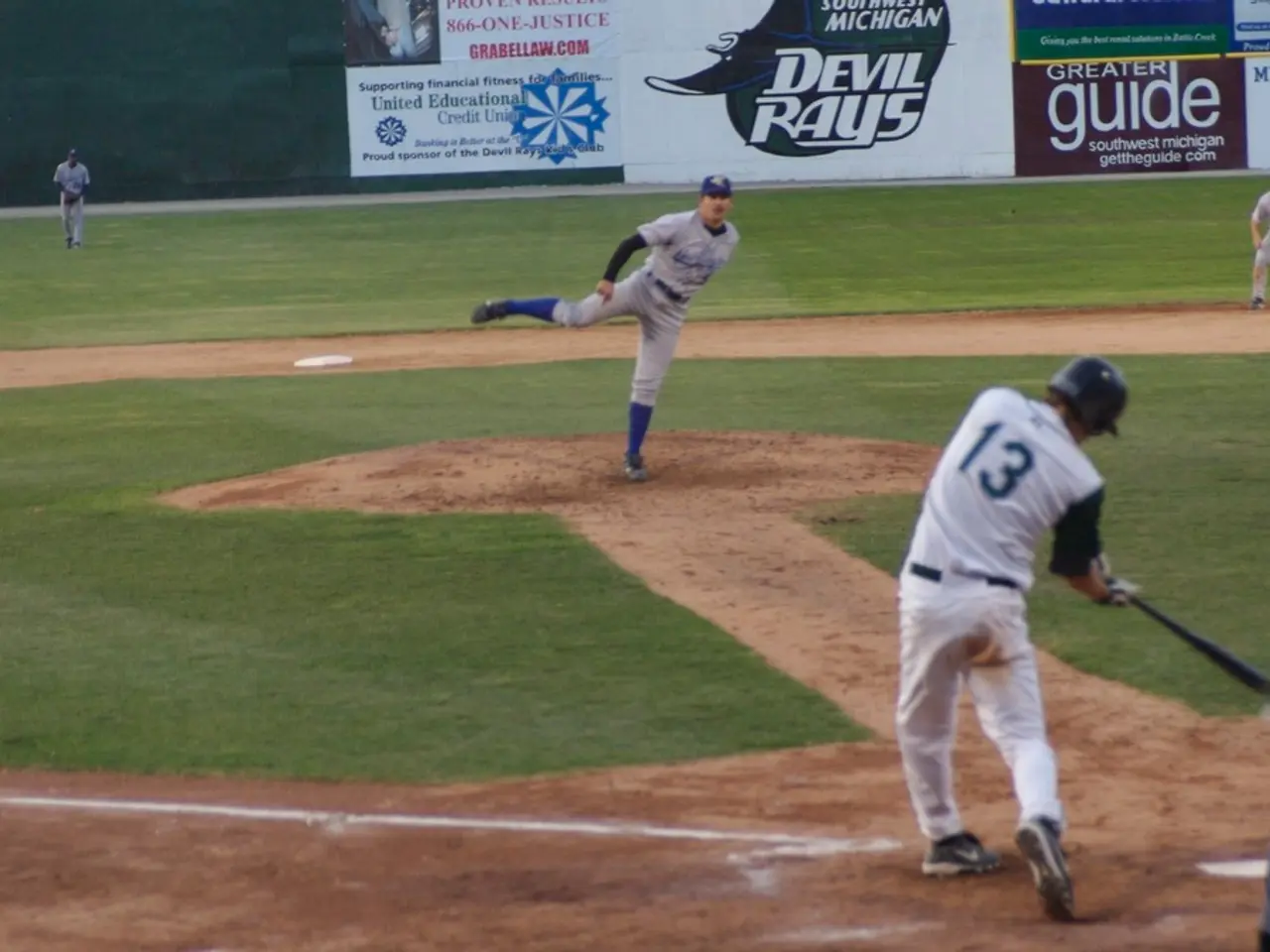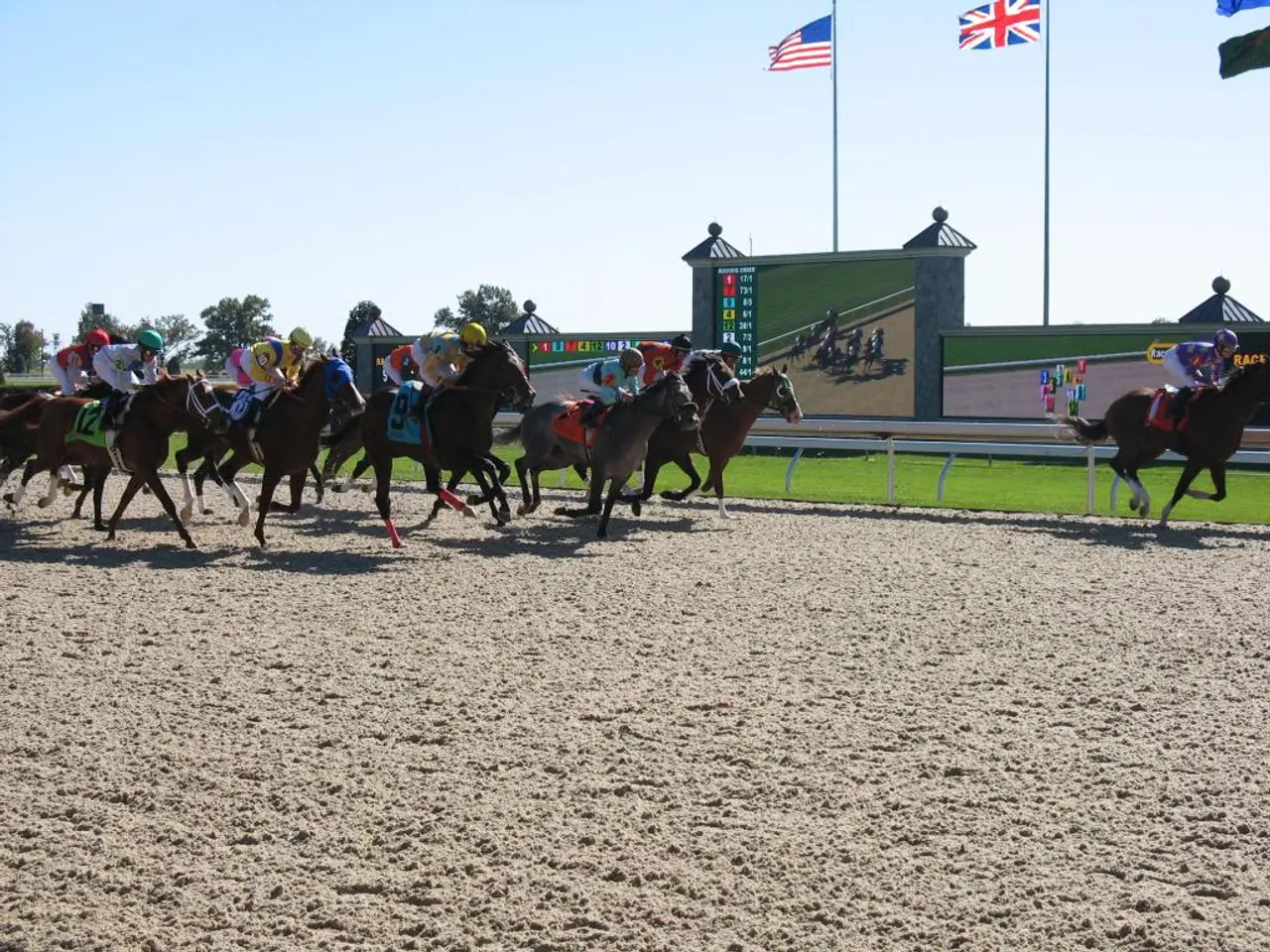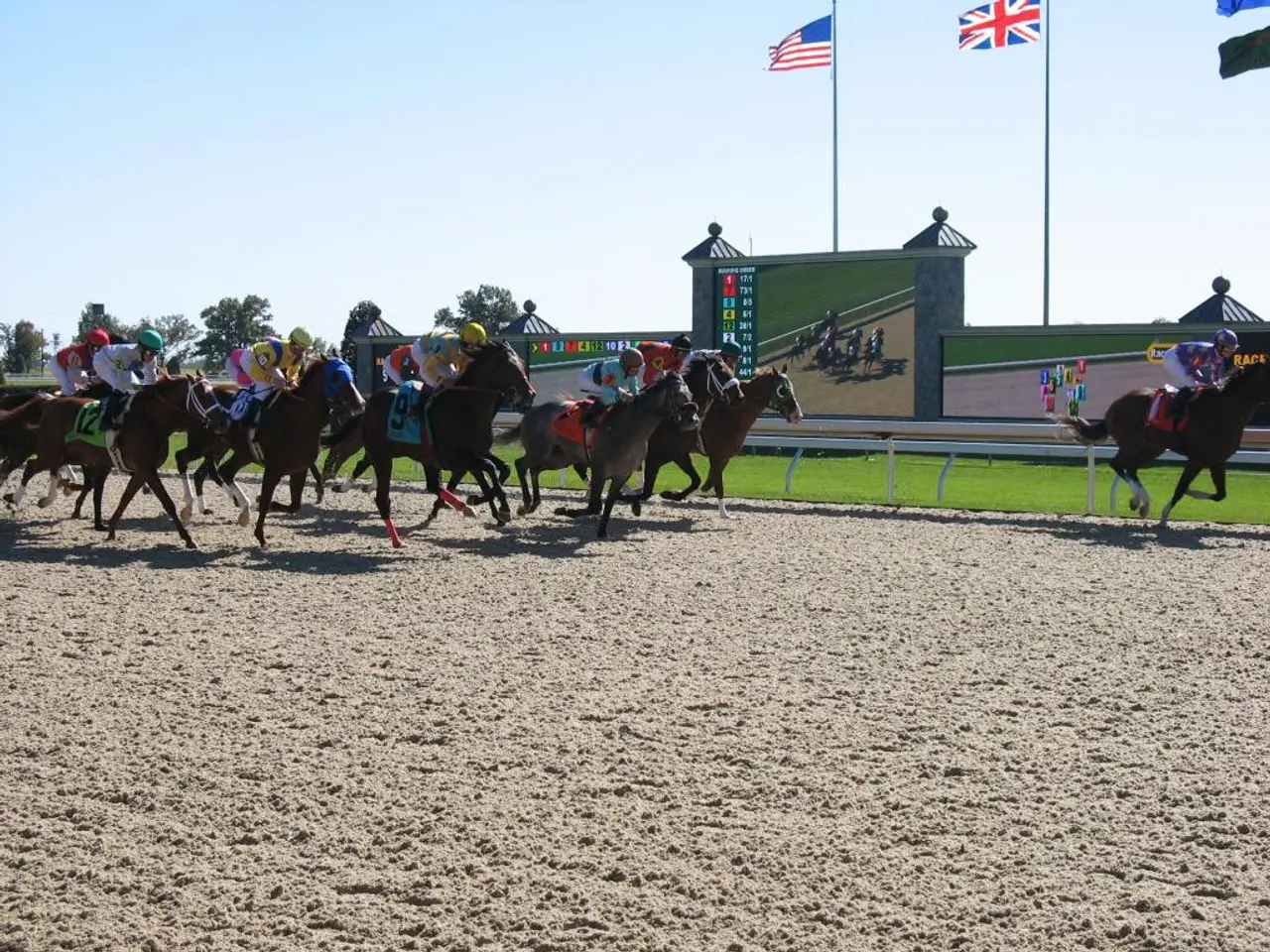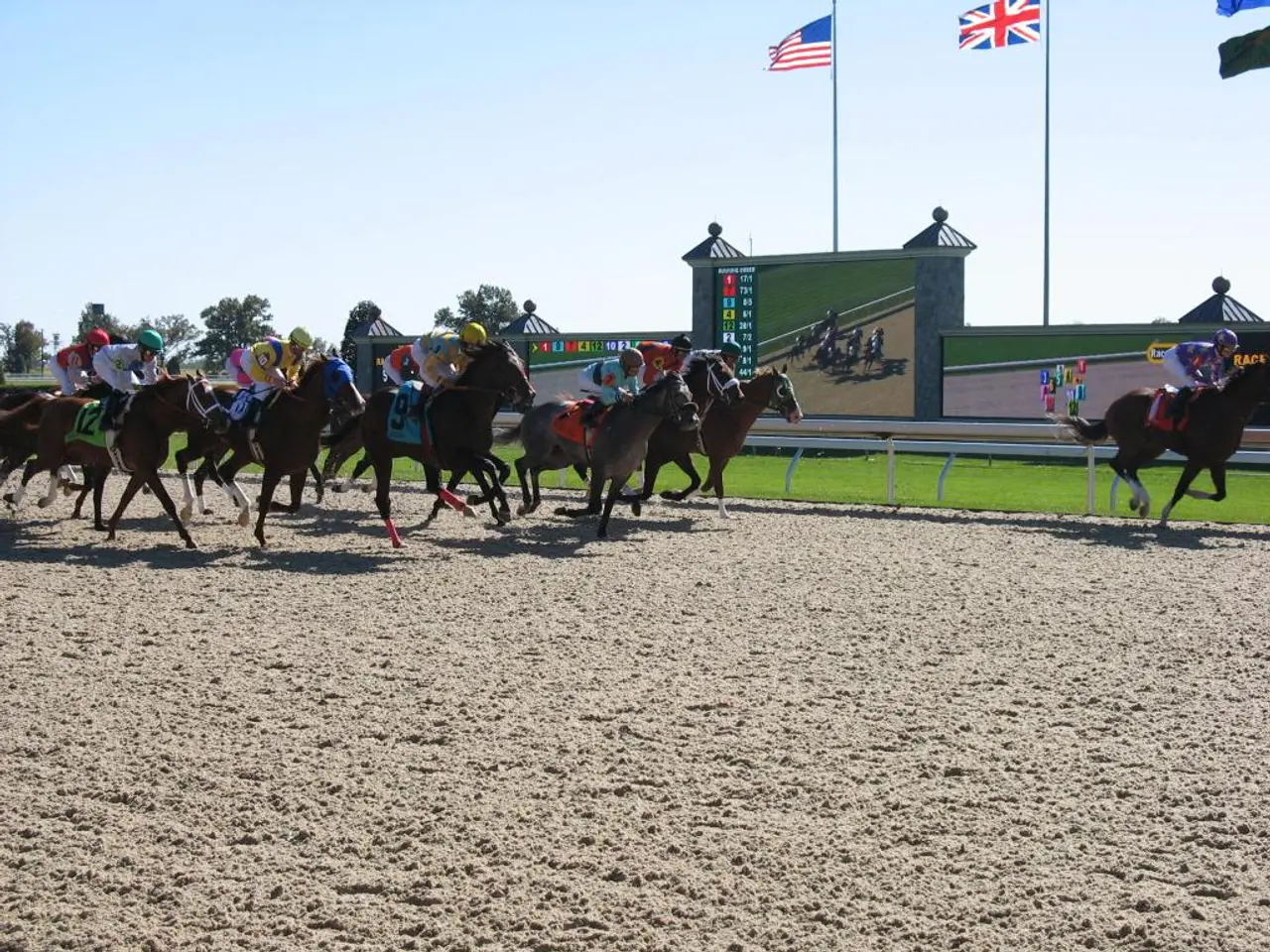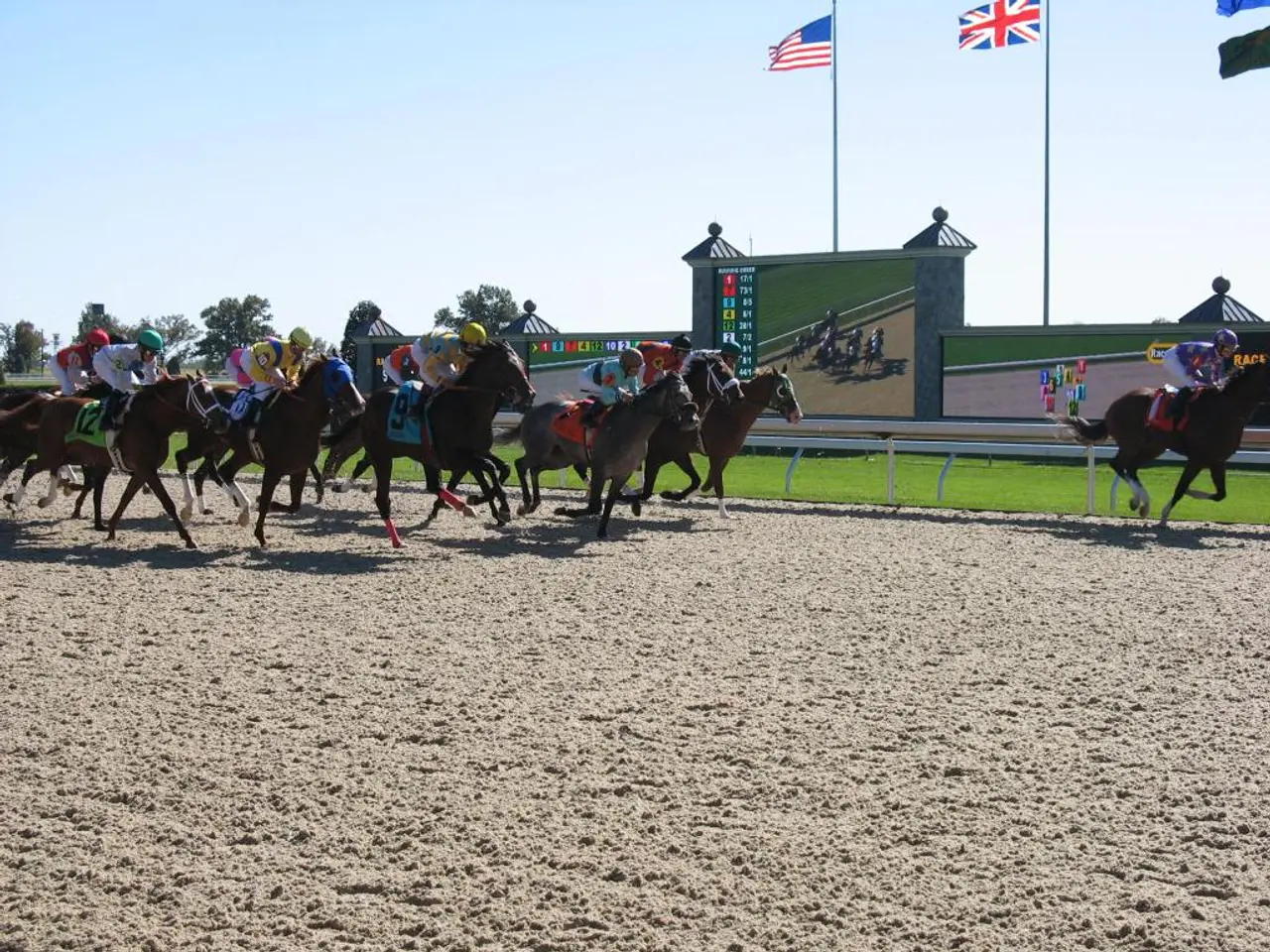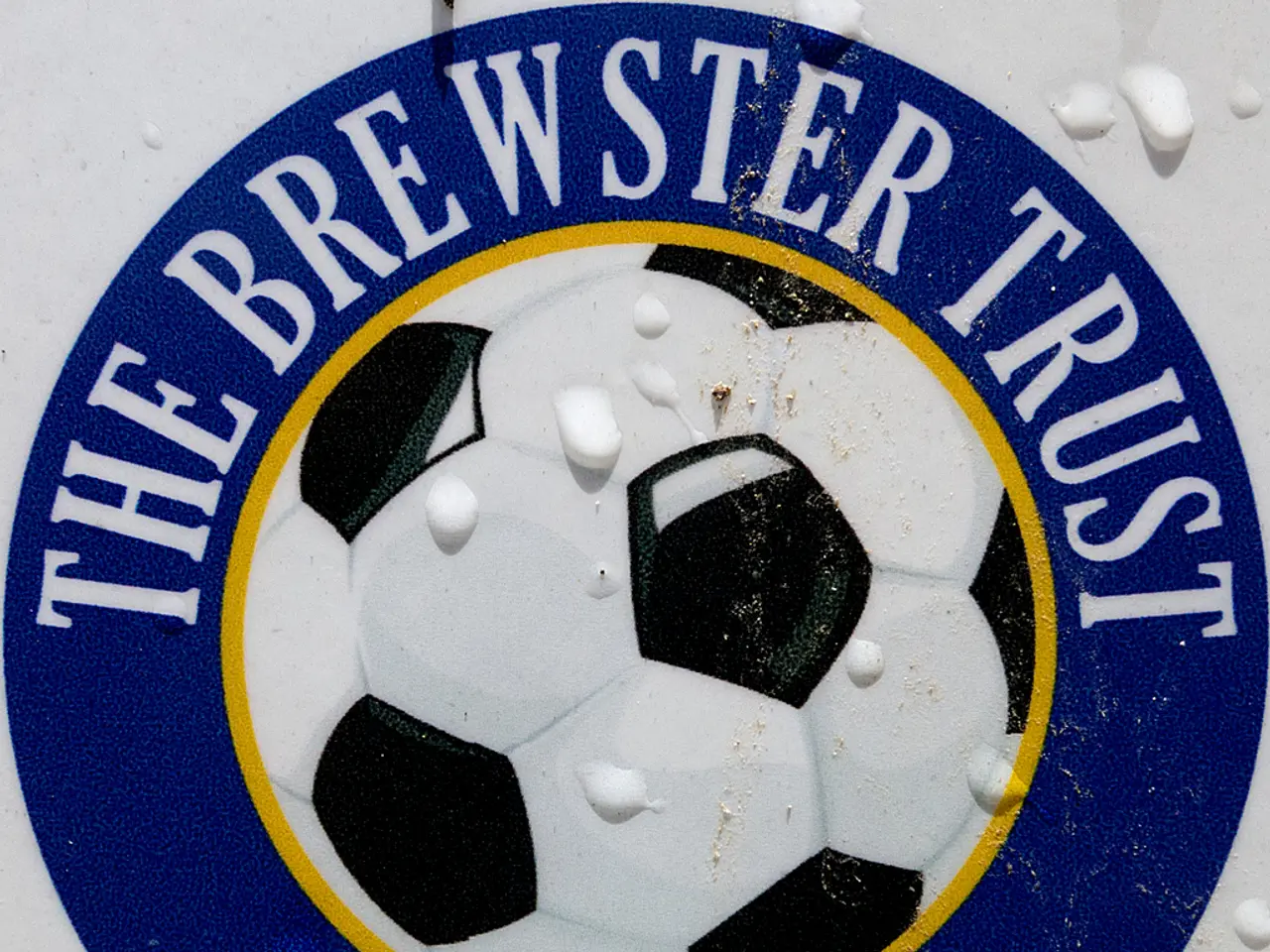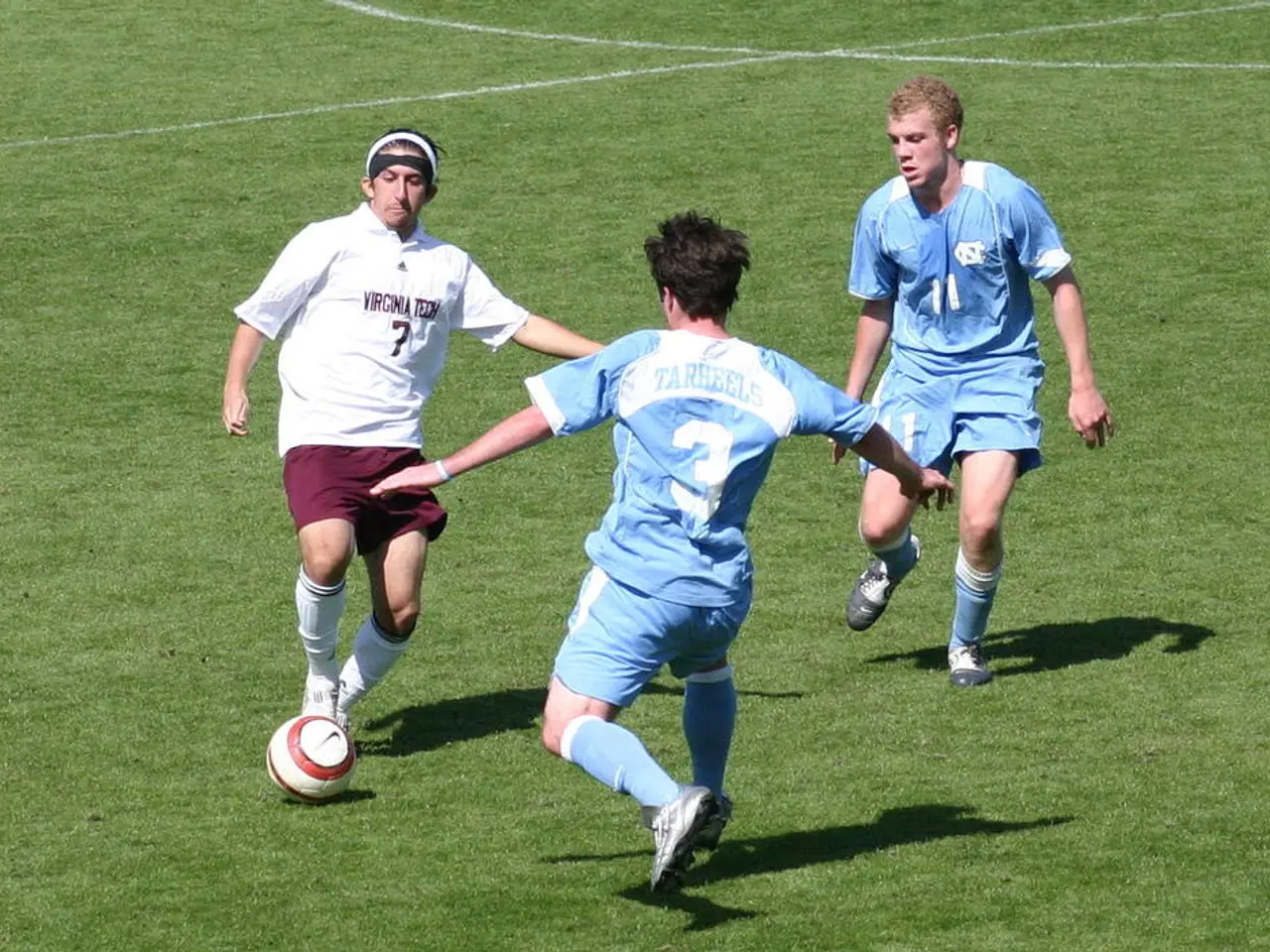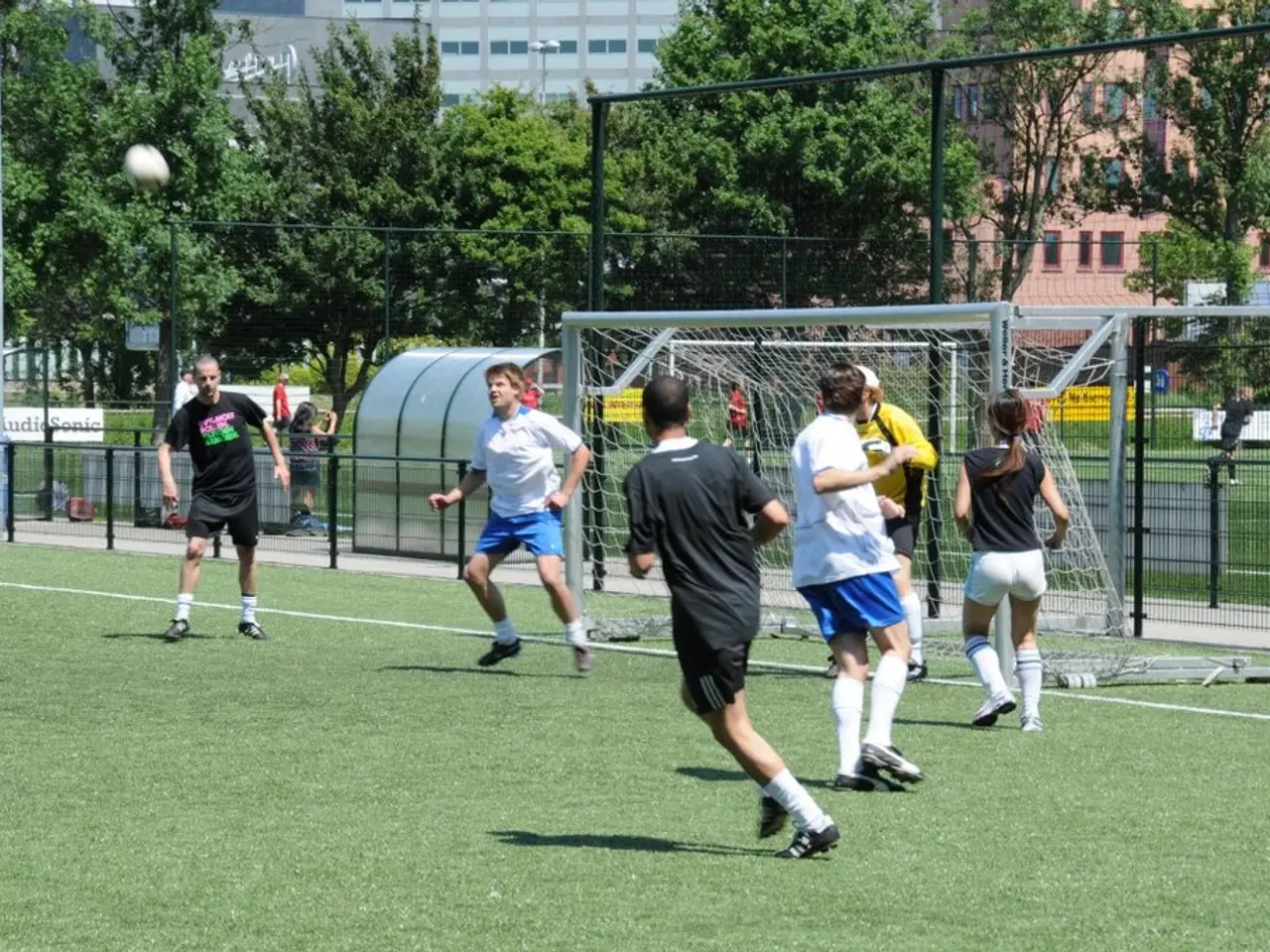Understanding the Roles and Functions of Game Officials in Sports
Preparing for and becoming a Major League Baseball (MLB) umpire is no easy feat, involving a rigorous process that includes both formal training and extensive experience. Here's an overview of the steps to achieve this challenging career goal:
Preparation and Steps to Become an MLB Umpire
1. Physical and Vision Requirements
- A healthy physical condition is essential, as umpiring requires stamina and agility.
- Having 20/20 vision is necessary for accurate calls on the field.
2. Initial Training and Experience
- MLB Umpire Camps: These camps, held across the U.S., provide free, one-day training sessions focusing on developing umpiring skills. They serve as the primary pathway to professional umpiring careers.
- Umpire Prospect Development Camp: Select attendees from MLB Umpire Camps are invited to this four-week camp, which is a key step toward Minor League Baseball (MiLB) and potentially MLB.
3. Progression Through the Ranks
- Minor League Baseball (MiLB): Umpires typically start in lower levels of MiLB and work their way up to Triple-A. This journey involves constant evaluation and improvement.
- Call-Ups: MiLB umpires may receive temporary call-ups to MLB games. These opportunities are critical for gaining experience and are often a stepping stone to permanent MLB positions.
4. Continual Development
- Umpires must continuously refine their skills through training and experience. They are graded regularly, and performance assessments are crucial for advancement.
5. Breaking Barriers
- Jen Pawol is set to become the first female MLB umpire, marking a significant milestone in the profession. Her journey highlights the dedication and perseverance required to succeed at this level.
Key Training Programs
- MLB Umpire Camps: These camps provide foundational training and are essential for aspiring umpires.
- Umpire Prospect Development Camp: Offers advanced training for those aiming to join MiLB and eventually MLB.
- MAC Umpires Association: Provides training for non-professional umpires, focusing on high-level college baseball mechanics.
On the Field
- Umpires have the responsibility of calling the action at home plate, including balls, strikes, outs, fair and foul balls, and interference, as well as calling the action at the bases and in the outfield.
- Despite their low salaries and dismal reputations, major league umpires have high accuracy rates for calling balls and strikes (97%) and in the field (99%).
Notable Moments
- The incorrect call was confirmed by multiple replays in the infamous game where Armando Galarraga, a Detroit Tiger pitcher, came one out away from throwing a perfect game in 2010, but major league umpire Jim Joyce incorrectly ruled a Cleveland Indian runner as safe.
- George Brett stormed out of the dugout on July 23, 1983, after home plate umpire Tim McClelland nullified a home run Brett had just hit against the New York Yankees.
- In 1996, Roberto Alomar spat in the face of umpire John Hirschbeck after a called third strike.
Salary and Demographics
- Major League Baseball umpires make an average of $120,000 per year, with senior umpires earning up to $350,000.
- There are 68 umpires in the majors and 225 in the minors. Most spend, on average, eight to 12 years in the low-paying minors before they earn their way to major leagues.
Conclusion
Becoming an MLB umpire requires a strong foundation in the rules and mechanics of baseball, extensive physical preparation, and a keen eye for detail. The journey involves advancing through various levels of baseball, from local leagues to the minor leagues, and then earning a call-up to MLB. Continuous training and evaluation are essential for success in this demanding profession.
Aspiring MLB umpires might find interest in participating in baseball-themed sports like softball or related umpire training to further polish their skill set.
After honing their skills and making progress through the ranks, some MLB umpires may choose to pursue sports outside of baseball, such as golf or tennis, as a way to relax and maintain fitness levels during the offseason.
